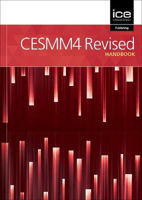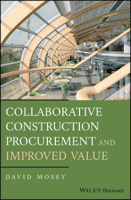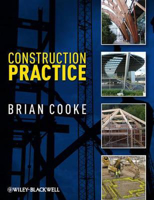Cookies help us deliver our services. By using our services, you agree to our use of cookies.
Shopping cart
Search
Civil engineering, surveying & building
Behaviour and Design of Steel Structures to EC3
€256.25
Presents a discussion of the behaviour of steel structures and the criteria used in design according to the British version of EC3. This book aims to bridge the gap which occurs when attention is concentrated on methods of analysis and the sizing of structural components. It includes examples which illustrate the behaviour of steel structures.
Bridge Design to Eurocodes
€178.00
An enduring record of the UK's Eurocodes implementation for bridge design, with papers written by invited experts who have been at the very heart of Eurocode developments in the UK.
Build Your Own: Use what you have to create what you need
€22.99
Harrison Gardner is a man on a mission to help us rediscover the lost art of building our own while leaving a more harmonious mark on the environment. Build Your Own explores the principles of construction and outlines a multitude of practices and methods that enable you to build a home with the materials available to you.
CESMM4 Revised: Civil Engineering Standard Method of Measurement: 2019
€103.75
The Civil Engineering Standard Method of Measurement - CESMM - has been well established for over 40 years as the standard for the preparation of bills of quantities in civil engineering work. This revised fourth edition, CESMM4 Revised, brings the method into line with the most recent developments in the railway industry.
CESMM4 Revised: Handbook
€90.00
This fourth edition of the handbook has been specifically produced to be used alongside the new Civil Engineering Standard Method of Measurement, fourth edition - CESMM4. The handbook has been completely updated and includes new text to bring it in line with the changes and new material contained within CESMM4.
Coming of the Railway
€31.25
The first global history of the epic early days of the iron railway
Construction Practice
€40.70
Construction site visits are a popular way for undergraduate students to become acquainted with the practical aspects of construction, but these visits only show students a small proportion of the technology of construction.
Energy: Management, Supply and Conservation
€67.50
Deals with the theory and practice of the supply of energy, energy management and auditing, and the design of sustainable energy facilities. This work considers the systems needed to create low-energy, sustainable buildings, including passive solar design, energy-efficient heating and air-conditioning, and combined heat and power.
Eurocode 5 Span Tables
€53.45










